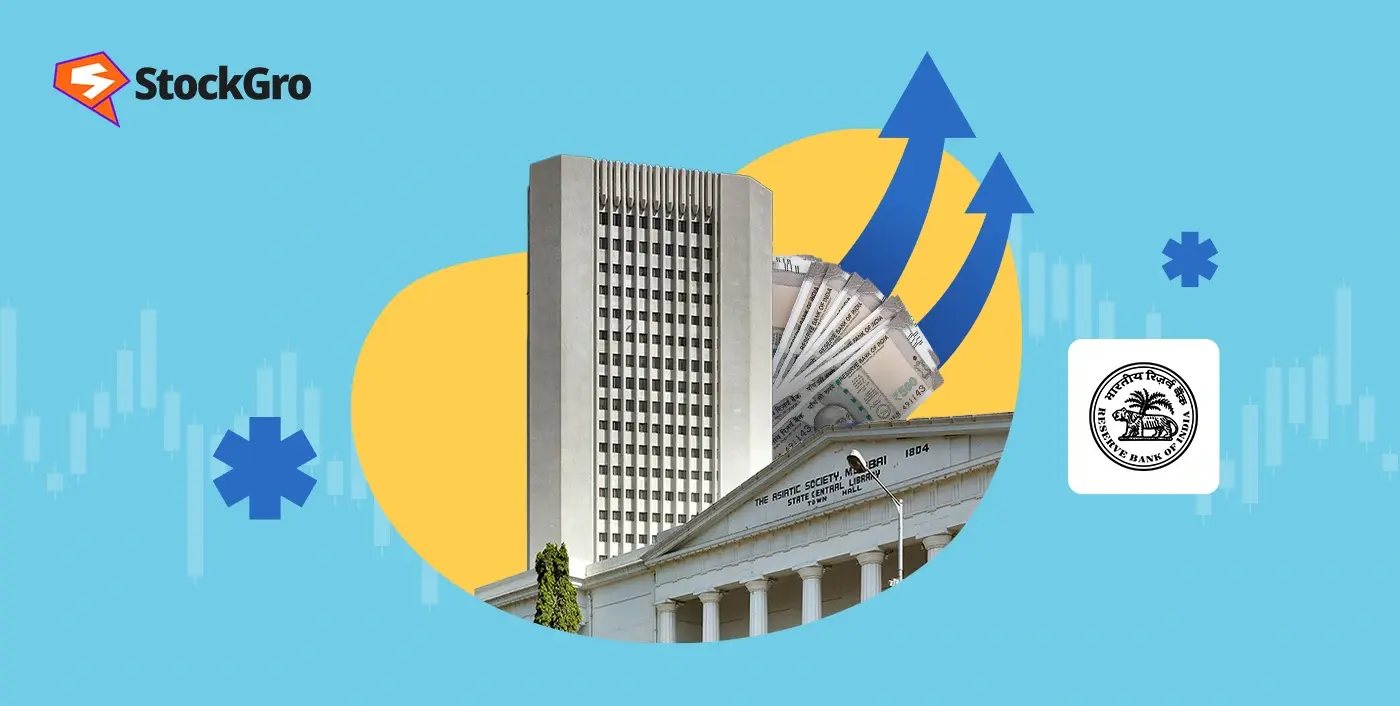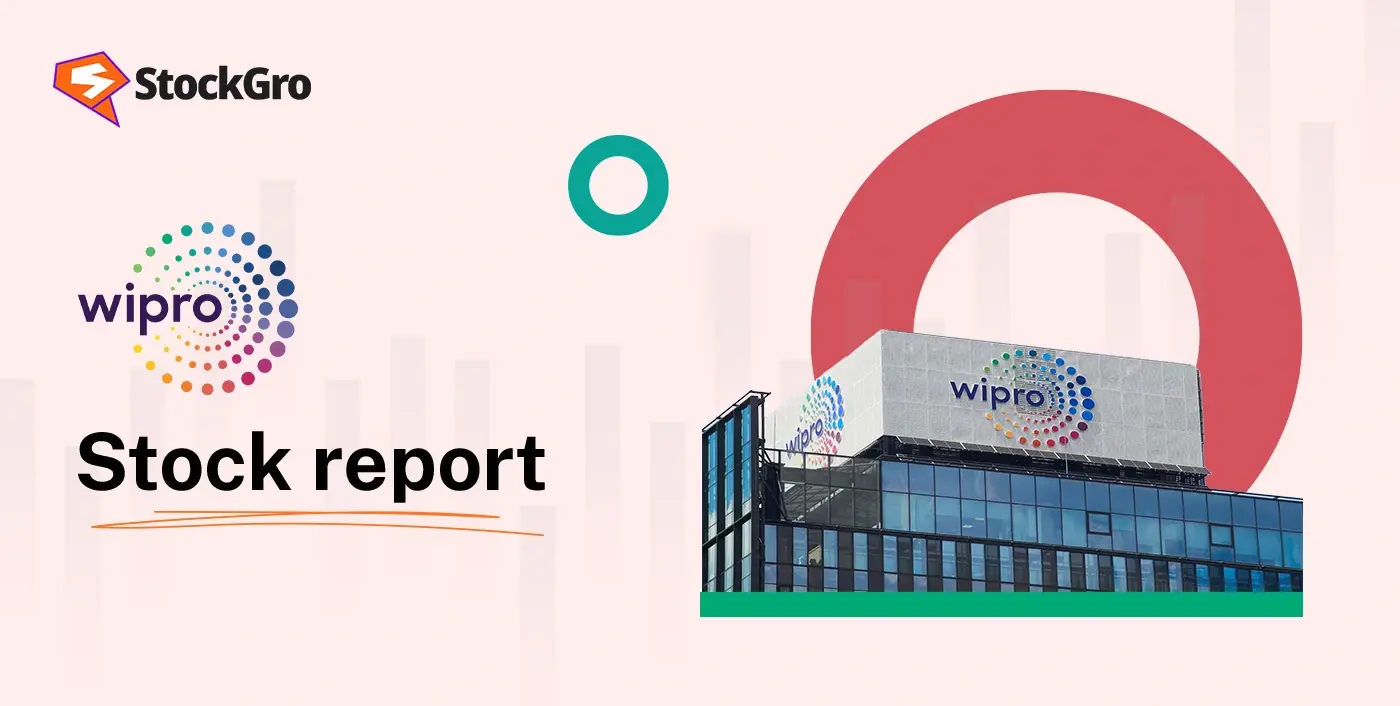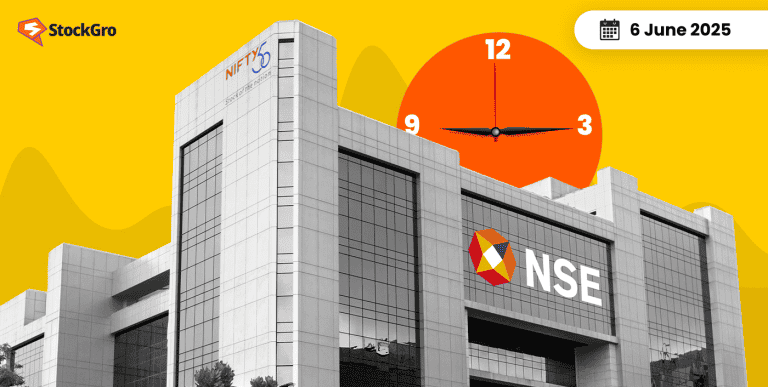
The Reserve Bank of India (RBI) made some significant announcements in its second bi-monthly monetary policy for FY26, and the outcomes are drawing attention from all corners of the financial world. While some decisions were anticipated, others came as a surprise.
Here’s a quick rundown of what happened and what it means for you and your investments.
The repo rate cut: What was the RBI decision?
The RBI, under Governor Sanjay Malhotra, surprised many by slashing the repo rate by 50 basis points (bps), bringing it down to 5.50% from 6.00%. This is the third consecutive rate cut by the RBI, following similar moves in earlier months of FY26.
In total, the RBI has reduced the repo rate by 100 basis points since February 2025.
This rate cut aims to support growth in the economy while ensuring that inflation is kept under control. But what does this mean for your money? Well, lower repo rates typically lead to lower interest rates on loans and home mortgages, making it easier for businesses and individuals to borrow money and invest.
Also read: Yes Bank ₹16,000 Cr fundraising plan
Understanding the rationale behind the cut
The primary reason behind this reduction is the softening inflation seen in recent months. In fact, India’s CPI inflation eased to its slowest pace in six years in April 2025, dropping to 3.16% from 3.34% in March 2025. This indicates that prices are not rising as quickly as they were, giving the RBI the leeway to lower borrowing costs.
Additionally, the Cash Reserve Ratio (CRR) was reduced by 100 bps, bringing it down to 3% from 4%. This CRR cut will be implemented in four tranches over the coming months, releasing ₹2.5 trillion into the banking system. It aims to boost liquidity and allow banks to pass on the benefits of the repo rate cuts to consumers in the form of cheaper loans.
You may also read: SPARC share price drops sharply after drug trial setback
RBI’s growth outlook: What to expect?
For the Indian economy, the GDP growth forecast for FY26 remains 6.5%, which is in line with earlier projections. However, there are multiple challenges to consider. Global trade uncertainties and geopolitical tensions could pose risks, but domestic factors such as private consumption and investment activity are still contributing to growth.
In Q1 FY26, the GDP is expected to grow at 6.5%, with similar growth rates projected for Q2 (6.7%), Q3 (6.6%), and Q4 (6.3%). While these figures show resilience, there are concerns that the economy is still below its potential. The RBI is trying to stimulate growth through its policy moves, which include the repo rate cuts and CRR reduction.
Also read: NBCC share price rises after robust Q4FY25 results
Inflation expectations
The RBI has also reduced its inflation forecast for FY26 to 3.7%, down from 4% earlier. However, it is not all smooth sailing. The outlook for the next few months has mixed signals, with inflation projections for Q1 at 2.9% (down from 3.6%) and Q2 at 3.4% (down from 3.9%). However, in Q3 FY26, the inflation forecast has been slightly raised to 3.9% from 3.8%.
Despite the more favourable inflation numbers, the RBI is still cautious about external risks, especially concerning global trade and geopolitical developments.
Impact on the real estate sector
One of the big beneficiaries of this repo rate cut is the real estate sector. Stocks of companies like Godrej Properties, DLF, and Oberoi Realty jumped by 3% to 6% in the wake of the RBI announcement. The reason? Lower interest rates and more liquidity make it easier for people to buy homes, which in turn boosts demand in the real estate market.
Given the RBI’s push to keep borrowing costs low, we could see a strong revival in housing demand, particularly in the affordable and mid-income housing segments. So if you’ve been considering buying property or investing in real estate, this could be the right time to make your move.
You may also read: Inox Wind share price dips despite best-ever profit in Q4FY25
Future outlook
Looking ahead, the RBI’s Monetary Policy Committee (MPC) will continue to monitor both domestic and global factors closely. The next MPC meeting is scheduled for August 2025, and the minutes from this meeting will be published on June 20, 2025. The RBI will be keen on assessing how the economy responds to these changes and whether further rate adjustments are needed.
Key takeaways
- The repo rate was cut by 50 bps to 5.50%, marking the third consecutive cut in FY26.
- The CRR was also reduced by 100 bps, releasing ₹2.5 trillion into the banking system.
- The inflation forecast for FY26 is lowered to 3.7%, indicating controlled price levels.
- The Indian GDP growth projection for FY26 remains at 6.5%.
- The real estate sector is set to benefit, with stocks of major real estate players like Godrej Properties rising significantly.

